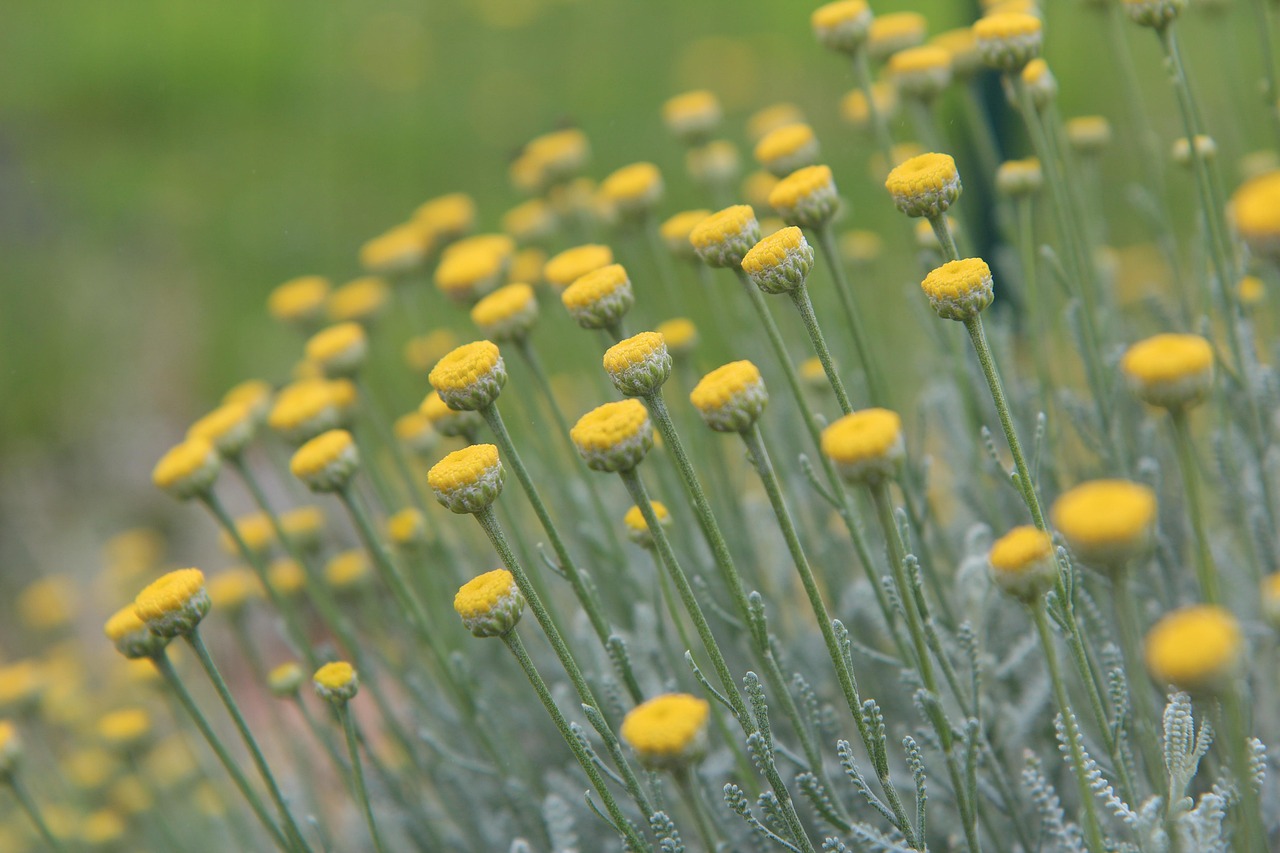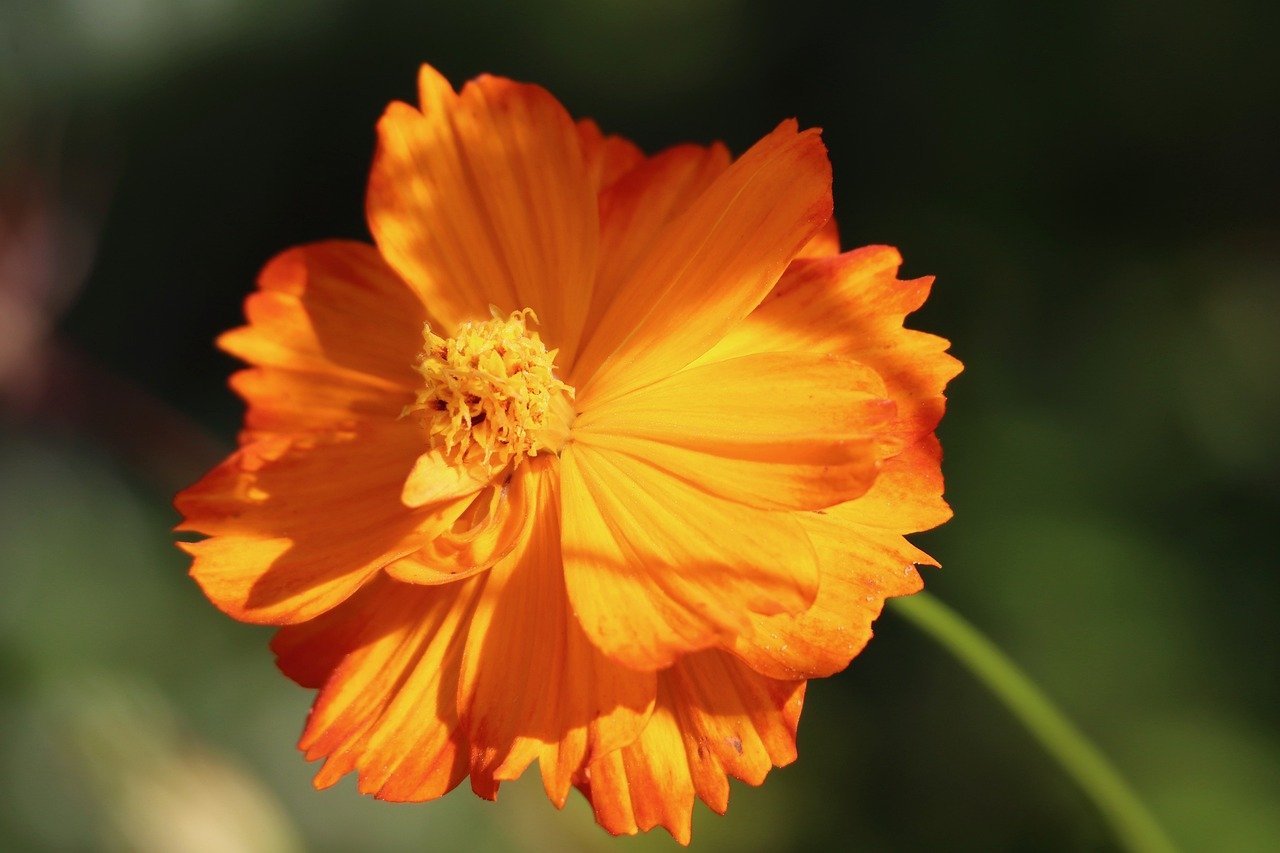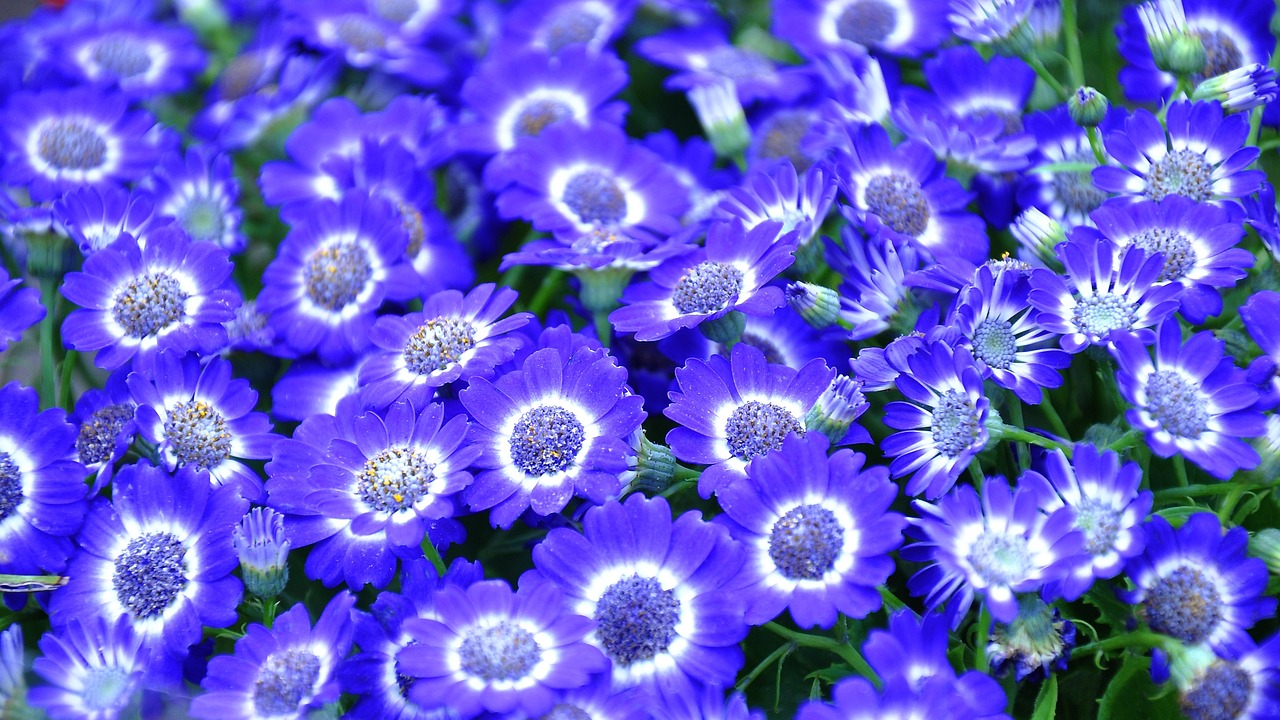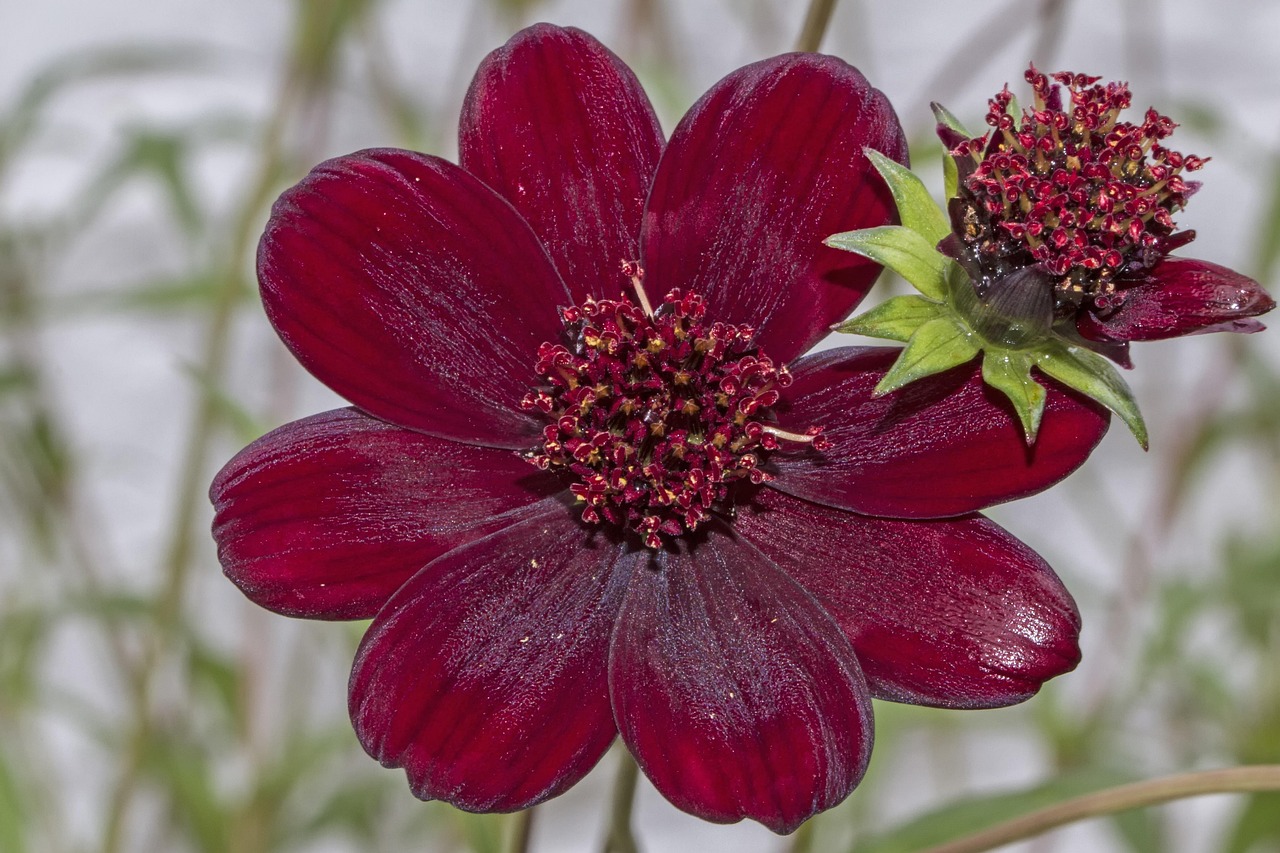Blue Daisy | The Blue Flower with the Spirit of South Africa

The Blue Daisy is a charming flower that creates a beautiful contrast with its vivid blue petals and bright yellow center.
With its vibrant appearance, it is well-suited for both gardens and potted plants, making it a recommended choice even for beginner gardeners.
In this article, I will introduce the essential information about the Blue Daisy, its cultural background, and practical tips for growing it.
Basic Information
- Scientific Name: Felicia amelloides
- Family: Asteraceae
- Origin: South Africa
- Appearance: The plant grows to about 30–50 cm in height, producing small blue flowers on slender stems. The petals are bright blue with a sunny yellow center. The leaves are small, dark green, and slightly thick, giving the plant a delicate impression overall.
- Blooming Season: From spring to autumn, and in warm regions it can bloom for an extended period.
Cultural Significance Worldwide
The Blue Daisy is beloved among gardening enthusiasts around the world. Its brilliant blue color adds a refreshing accent to gardens, flower beds, and pots, especially in warm climates.
In Europe and the United States, it is often used in hanging baskets or container gardens to create a casual atmosphere.
It is also a popular choice for event decorations, with its bright blue flowers considered perfect for weddings and parties.
At spring festivals and summer events, its vivid blossoms are cherished as flowers that bring joy and energy to people.
Historical Background
The Blue Daisy originates from South Africa and was introduced to Europe between the late 18th and early 19th centuries by explorers.
It was one of the many plants imported from Africa during the colonial period and quickly gained popularity as an ornamental plant in Britain and France.
Initially, it was cultivated mainly in the gardens of the upper classes, but by the late 19th century it had spread to the general public, becoming a part of everyday gardening culture.
During the Victorian era in England, its vibrant colors were welcomed as a fresh addition to ornamental gardens.
Gardening Advice

The Blue Daisy thrives in sunny locations, making it ideal for bright gardens and balconies.
Although it is drought-tolerant, it is sensitive to excessive moisture. Therefore, well-drained soil is essential. Water generously only after the topsoil has dried, avoiding conditions where the soil remains constantly wet.
Good air circulation is also important; avoid overcrowding the plants to reduce the risk of disease.
During the growing season, applying a diluted liquid fertilizer about once a month helps the flowers bloom longer. Regularly removing spent flowers also encourages continuous blooming.
Conclusion
The Blue Daisy is an easy-to-grow plant that can be enjoyed over a long period, making it a wonderful addition to any garden.
By ensuring plenty of sunlight and proper drainage, you can enjoy its beautiful blue blossoms from spring to autumn. Plant them in your garden or pots, and let their vivid color brighten your space.




